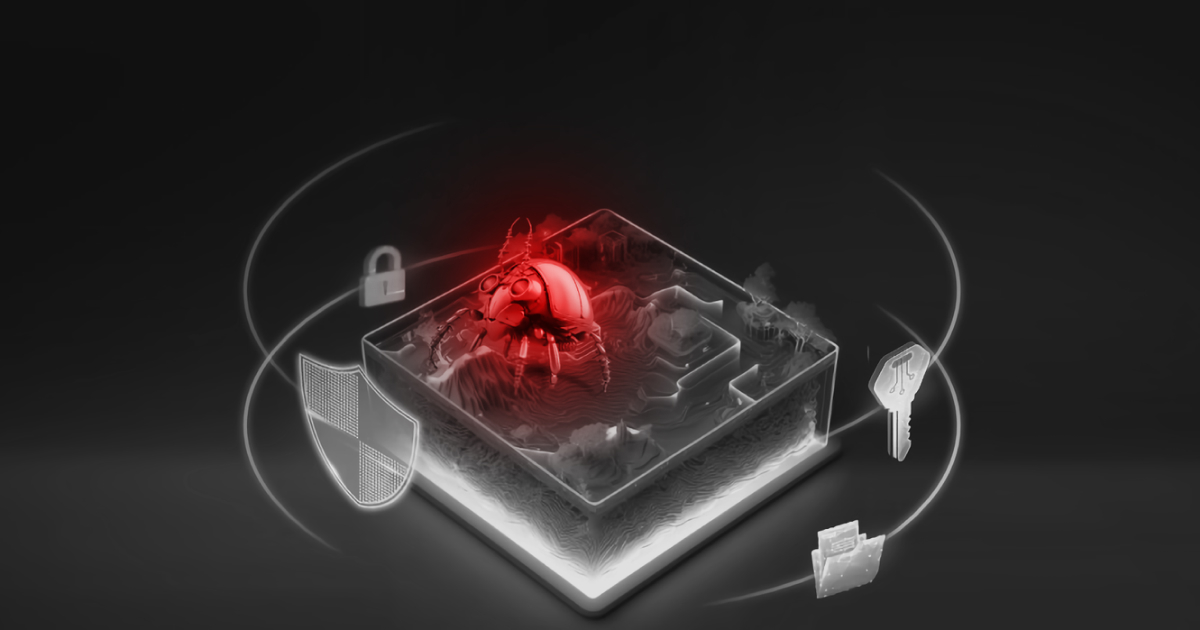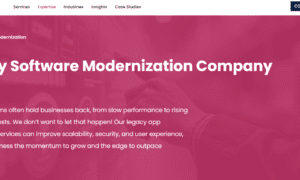A doctor rushes to access a patient’s file in an emergency but instead finds a ransom note, blocking the treatment from even starting.
That’s the kind of chaos ransomware can bring to hospitals. It delays care, puts sensitive data at risk, and creates panic in environments where every second counts. Despite increased awareness, healthcare keeps ending up in the target zone of these attacks.
So how are hospitals fighting back? Let’s explore one of the easiest and fastest ways to catch threats early, with a real-world example of the Interlock ransomware.
Why Healthcare is a Magnet for Ransomware
Hospitals make attractive targets for ransomware because:
- They store large volumes of sensitive patient data
- Many still rely on outdated or overworked systems
- They can’t afford any downtime
Attackers know this. They count on the urgency of healthcare to pressure hospitals into paying quickly, often just to keep patients safe.
HIPAA regulations raise the stakes even more. When ransomware hits, it can not only disrupt care but also trigger serious legal and financial fallout if protected health information is compromised.
And the threat is growing fast: in 2024 alone, ransomware attacks on healthcare organizations jumped by 264%, according to Reuters.
How Hospitals Are Preventing Attacks Before They Happen
To avoid these high-stress, high-risk situations, many hospitals are shifting from reactive to proactive cybersecurity strategies. One of the most effective and fastest tools in their arsenal is an interactive malware sandbox.
A sandbox is a secure, isolated environment where suspicious files, like a sketchy email attachment from a colleague, can be uploaded and analyzed without putting the hospital’s network at risk. It’s like a virtual quarantine room, allowing teams to safely observe how a file behaves, detect any malicious activity, and respond before damage is done.
By using sandboxes, hospitals can catch threats early, before they encrypt files or expose sensitive data.
Interlock Ransomware in Action
Interlock is a ransomware actor known for using double-extortion tactics, encrypting files while also threatening to leak stolen data. In late 2024, this group launched a wave of targeted attacks on healthcare organizations across the U.S.
To better understand how hospitals can catch threats before they cause damage, let’s take a look at Interlock ransomware inside one of the interactive sandboxes such as ANY.RUN.
The latter is built for speed and clarity; two things hospitals can’t compromise on. It delivers a verdict on whether a file is malicious or safe in under 40 seconds, giving cybersecurity teams a real-time view of the threat without risking internal systems.
View analysis session with Interlock
Interlock analyzed inside ANY.RUN sandbox
On the top right of the screen, you’ll see the verdict: “Malicious activity” is highlighted in red, confirming this is not a file you’d want to open on a regular workstation.
Equip your team with the tools to detect threats fast and keep operations running smoothly!
Look just below, and you’ll spot the label “Interlock”, identifying the specific ransomware family responsible.
Quick verdict of malicious activity and identification of Interlock ransomware
In the “File Modification” section, you’ll notice how the malware encrypts documents by changing their extensions to .interlock. This renaming tactic is part of how Interlock locks users out of their data, making it inaccessible unless a ransom is paid.
Interlock ransomware changing files to .interlock
You can also visually confirm the damage by looking at the desktop view in the sandbox: files and images turn white, showing they’ve been encrypted and are no longer usable. There is also a ransom note left by attackers.
Ransom note left by attackers, detected inside ANY.RUN sandbox
On the right side of the screen, you can observe all active processes triggered by the malware in real time. By clicking on any process, you get a deeper look, revealing exactly what actions it took, what files it touched, and whether it attempted to communicate with external servers.
Tactics and techniques used by Interlock ransomware
This kind of real-time, interactive breakdown gives hospital IT teams exactly what they need: clear insights, fast results, and zero risk to internal systems.
How Sandbox Insights Help Hospitals Stay One Step Ahead
The value of a sandbox doesn’t stop at detection. Once a threat is analyzed, hospitals can use that information to prevent it from spreading or even reaching their systems again.
By seeing exactly how ransomware behaves, what files it changes, what processes it runs, and what servers it tries to contact, teams can:
- Block the malware’s network connections
- Detect similar behavior across other endpoints
- Strengthen email filters to catch similar threats earlier
- Share findings with security vendors or partners
In short, the sandbox helps avoid opening dangerous files on hospital systems, transforms a scary ransomware sample into a learning moment, and strengthens defenses before the next attack.
Stopping Ransomware Before It Starts
Ransomware in healthcare isn’t going away anytime soon but that doesn’t mean hospitals have to stay vulnerable.
With the right tools in place, like ANY.RUN’s interactive malware sandbox, teams can detect threats early, understand how they work, and take action before real damage is done.
Want to see how it works for yourself?
Try ANY.RUN’s sandbox now and start analyzing suspicious files in less than 40 seconds, before they ever reach your hospital network.

































